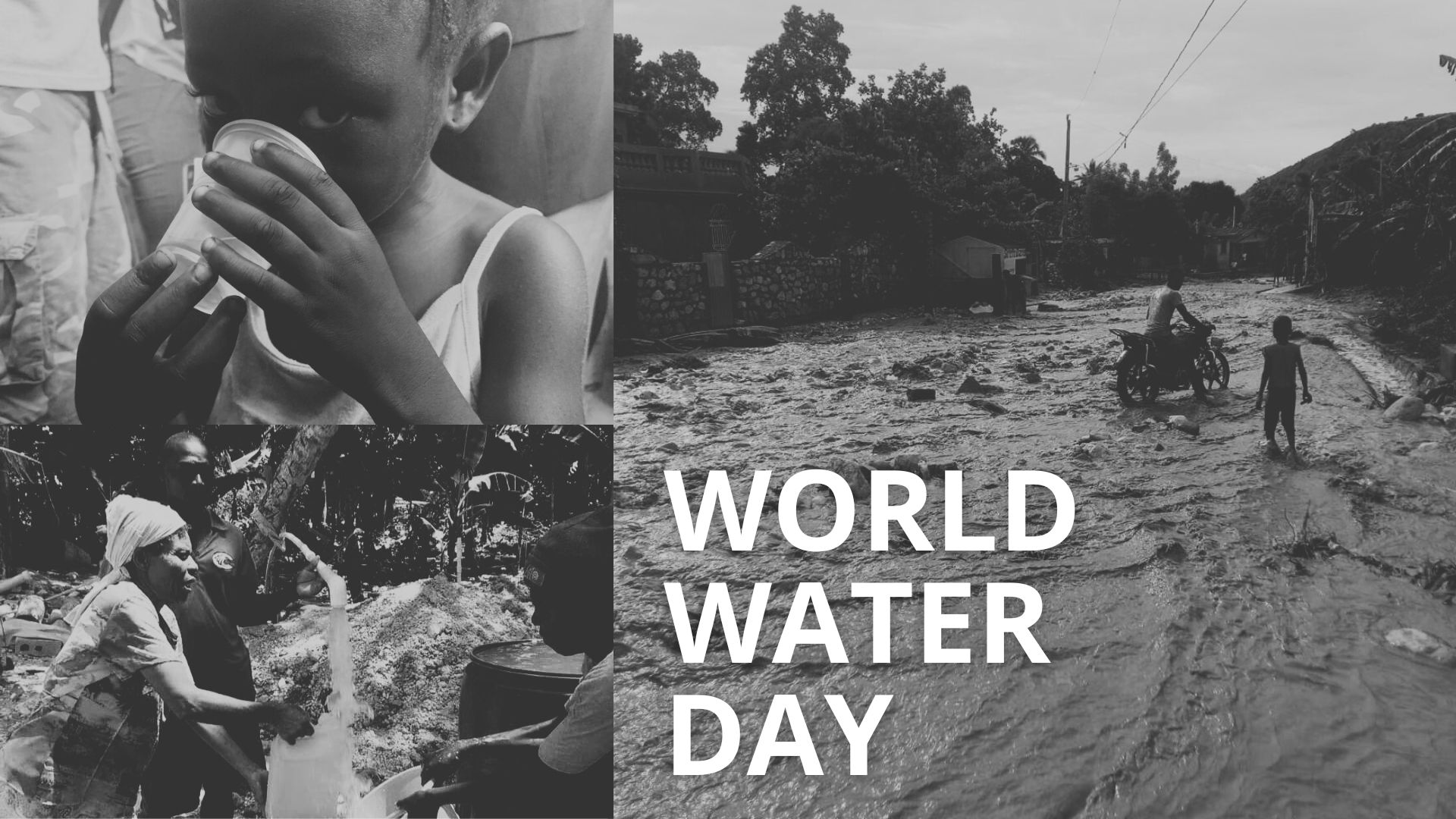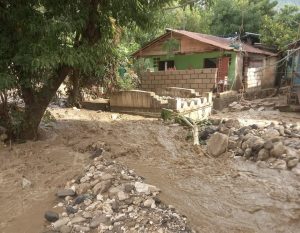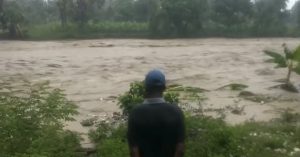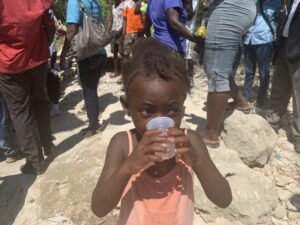Cholera in Haiti | World Water Day 2024
Take a moment to think through your daily routine.
How many times do you run a faucet in your home or at work? If you drink bottled water or coffee, count each time you take a sip. Hand washing, drinks, showers, dishes, laundry, cooking, cleaning–we use water all the time. It’s too much to keep track of, isn’t it? And I would bet that we don’t even think about where that water is coming from. Sure, our eyes might get wide when we see the bill after a month of growing new grass or filling the kiddie pool–but for the most part, we just go about our day with instant and mindless access to clean, safe water.
Now think about having to roll the dice every time you use water. You don’t know if that next sip is going to be like every other, or if it will make you sick–maybe even kill you.
That’s the reality for many Haitian people today. The statistics are uncomfortable to read: In 2020, only 43% of rural Haitians had access to clean drinking water. Compounding the issue, 30% of people living in rural areas still practiced open defecation. There simply aren’t enough public or private toilets. A lack of sanitation infrastructure means that harmful bacteria make their way into the drinking water. While there haven’t been any significant studies on water and sanitation in Haiti since 2020, it’s easy to see how a string of natural disasters and the ongoing political/gang crisis will not have made things better.
One of the most devastating consequences of a broken sanitation system comes in the form of cholera, a bacterial infection that can cause intense diarrhea, vomiting, and muscle cramps. A severe case can make a person shed up to five gallons of water per day, which can lead to deadly dehydration and electrolyte imbalances.
For a long time, Haiti was cholera free. Then after the 2010 earthquake, the first recorded cholera outbreak flared up along the Artibonite River. The current consensus is that improper waste disposal at a United Nations camp was the origin point of the epidemic. The CDC describes the 2010 outbreak as “at the time, the worst in history, with over 820,000 cases and nearly 10,000 deaths.” By 2019, the outbreak had subsided.
Unfortunately, the ongoing crisis has all but eliminated access to adequate medical care for people who already struggle to find clean water and functional sanitation. This chaos has led to another cholera outbreak. Since October 2022, nearly 80,000 suspected cases have been reported all over the country. In the midst of a crisis that UNICEF director Catherine Russell describes as “like a scene out of Mad Max,” it’s difficult to imagine any large scale response to the cholera outbreak.
We are not left sitting here without a response, however. We ask for prayer: for the people experiencing these things in Haiti. Prayer for good, strong, and humble leaders to be raised up. Prayer for a quick response. Prayer for God’s intervention. Prayer for justice, for peace, for healing. We ask for your partnership, and specifically we ask for recurring gifts to our disaster relief fund and to our hospital.
When we hear or read about things like the crisis in Haiti, it can be easy to throw our hands in the air, to lament a situation that seems so far out of our control that we can’t help but sit by and watch. I would encourage you to pause for a moment, and to consider the many things that you are able to do instead. We have been given much–let us all be willing to give just as much.
We thank you for your gifts, your prayers, and your encouragement.





